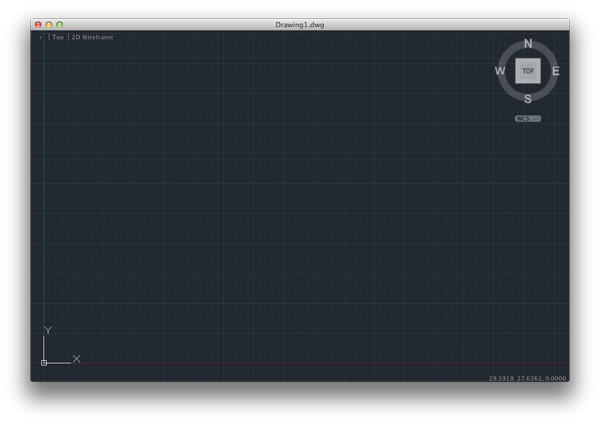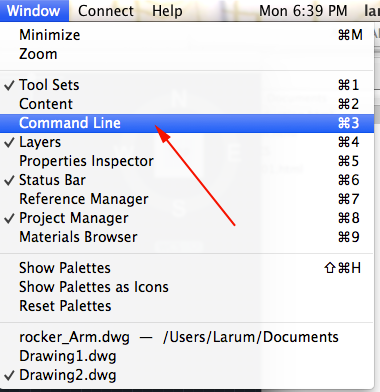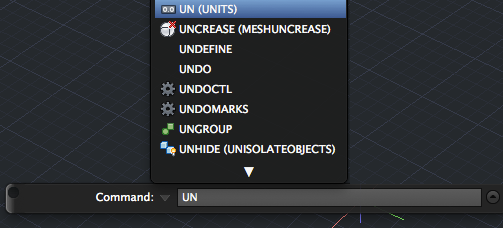Introduction
When you rotate a symmetric polygon around a mirror axis, cut the solid into two equal parts and then put the parts back together differently, you produce a sphericon.
The sphericon is a three-dimensional solid with one side and two edges. It was first introduced by the Israeli game and toy inventor David Haran Hirsch who patented it in Israel in 1980. It was given its name by Colin Roberts, of Hertfordshire, England, who also explored it. It may be constructed from a bicone (a double cone) with an apex of 90 degrees, by splitting the bicone along a plane through both apexes, rotating one of the two halves by 90 degrees, and reattaching the two halves. Generalizing this construction to a regular 2n-sided polygon (square, hexagon, octagon ...), will give access to a set of other 3D solids with the same properties as sphericons when rolling on themselves they cover their whole surface.





 .
.